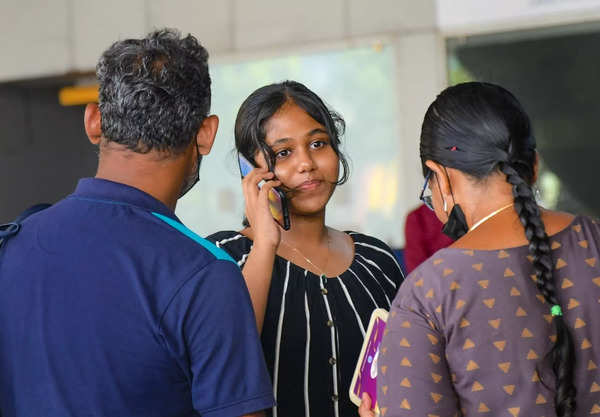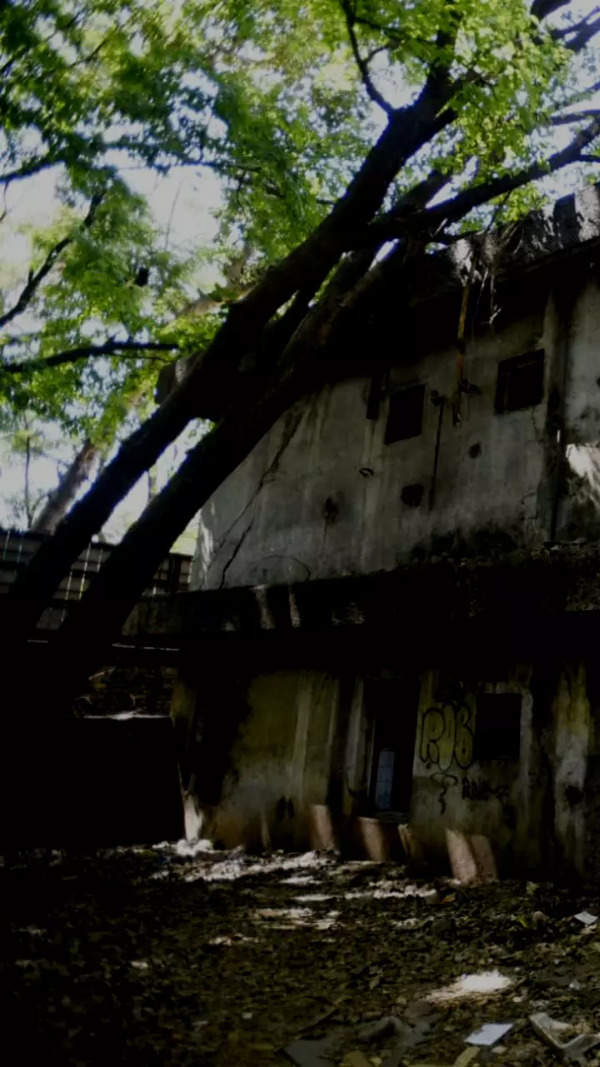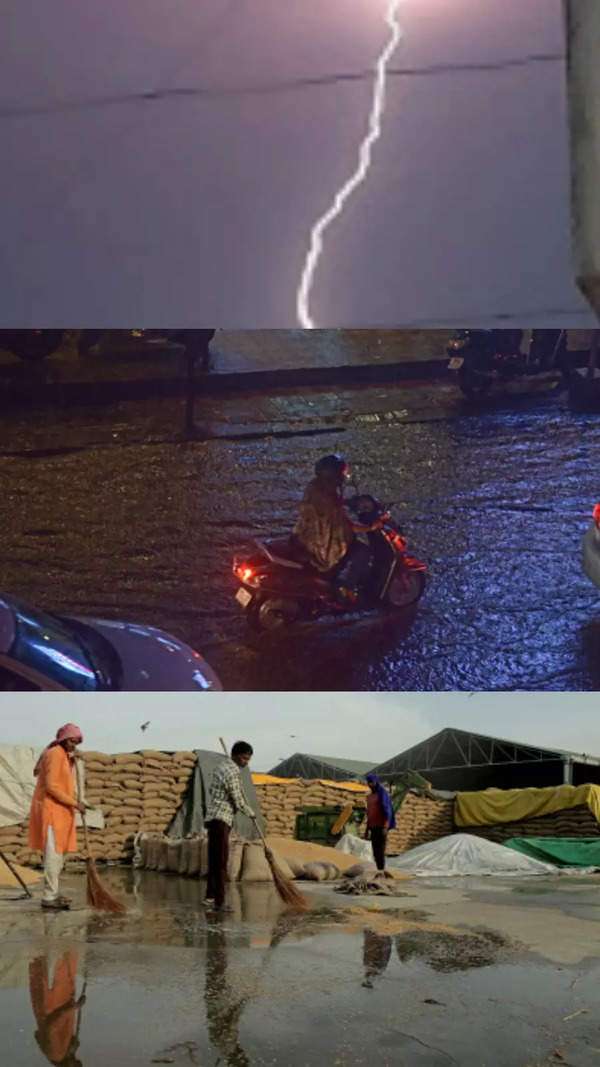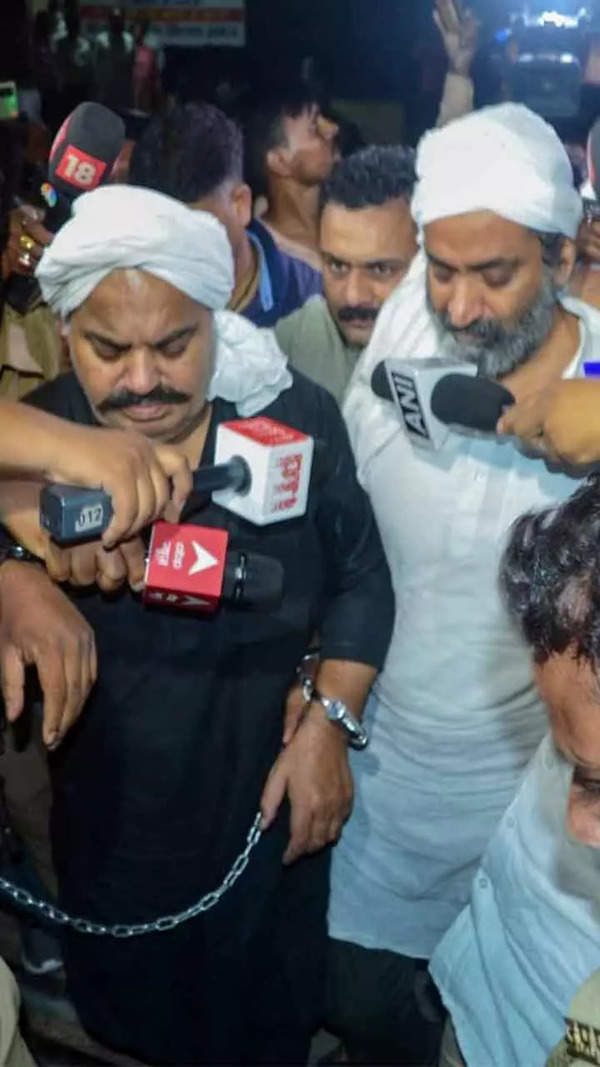- News
- City News
- nagpur News
- VNIT prof invents microwave-based drilling technique
Trending Topics
VNIT prof invents microwave-based drilling technique

Nagpur: A VNIT professor has developed a new technique to drill a hole in plastic, metal or ceramic materials as small as the size of hair using the heat in a convection microwave.
The innovation was outcome of the lack of technology to make micro holes in a closed space such as an oven using a thin metal or plastic wire which can’t hold enough heat to make an impact.
It was part of a study funded by Board of Research in Nuclear Sciences (BRNS), department of atomic energy (DAE). ‘A system and method of micro drilling using microwaves using metallic concentrator’ has been patented in the name of secretary, DAE, and Indian Institute of Technology (IIT), Rorkee, by controller of patents, Intellectual Property, India.
Nitin Kumar Lautre, assistant professor in mechanical engineering department, VNIT, was on deputation at IIT-Rorkee when he developed the method along with other scientists and scholars.
“We channelized the energy of microwave appliance by reflecting the heat waves. There are several points in the microwave where heat waves collide. We just need to know these points and position the wires to heat the tip,” said Lautre.
If a hole is to be drilled in any material, how miniature can it be? “We achieved hair-sized hole using this technology. We got good result in polymer material,” he said.
Lautre said usually, if we have to drill a hole in plastic, we may use a needle, heat it and penetrate it. “But if our penetrator is hair-sized, it loses its form on heating, forget about drilling. A fuse wire too doesn’t have enough conductivity to drill a hole in an object. Hence, we decided to tap the convection microwave energy,” he said.
Lautre said the method is like the burning arrows used in mythological battles. “Similarly, we created the same in a small lab first. Like light reflects in a room, the microwave energy rebounds inside a closed oven. When the energy rays collide with each other, a big energy point source is formed. We have to just position wire at this point-source.
The innovation was outcome of the lack of technology to make micro holes in a closed space such as an oven using a thin metal or plastic wire which can’t hold enough heat to make an impact.
It was part of a study funded by Board of Research in Nuclear Sciences (BRNS), department of atomic energy (DAE). ‘A system and method of micro drilling using microwaves using metallic concentrator’ has been patented in the name of secretary, DAE, and Indian Institute of Technology (IIT), Rorkee, by controller of patents, Intellectual Property, India.
Nitin Kumar Lautre, assistant professor in mechanical engineering department, VNIT, was on deputation at IIT-Rorkee when he developed the method along with other scientists and scholars.
“We channelized the energy of microwave appliance by reflecting the heat waves. There are several points in the microwave where heat waves collide. We just need to know these points and position the wires to heat the tip,” said Lautre.
If a hole is to be drilled in any material, how miniature can it be? “We achieved hair-sized hole using this technology. We got good result in polymer material,” he said.
Lautre said usually, if we have to drill a hole in plastic, we may use a needle, heat it and penetrate it. “But if our penetrator is hair-sized, it loses its form on heating, forget about drilling. A fuse wire too doesn’t have enough conductivity to drill a hole in an object. Hence, we decided to tap the convection microwave energy,” he said.
Lautre said the method is like the burning arrows used in mythological battles. “Similarly, we created the same in a small lab first. Like light reflects in a room, the microwave energy rebounds inside a closed oven. When the energy rays collide with each other, a big energy point source is formed. We have to just position wire at this point-source.
Start a Conversation
FOLLOW US ON SOCIAL MEDIA
FacebookTwitterInstagramKOO APPYOUTUBE










